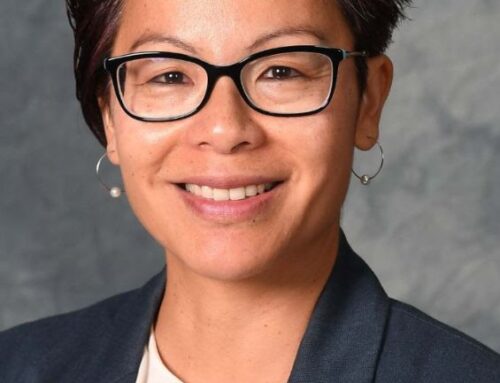Education tax credit a step in the right direction
On May 9, Ontario Finance Minister Jim Flaherty announced the province would phase in a tax credit program that will give parents a tax credit of up to one half of independent school tuition (up to a maximum of $3,500). Both proponents of educational choice and advocates of denominational school funding applauded the plan because it supports the educational decisions of parents and affirms the value of all children’s education.
There are approximately 1,000 independent schools in Ontario with more than 100,000 students. The Ontario Alliance of Christian Schools (OACS) says there are approximately 130 independent Christian schools with 25,000 students in Ontario. There are also about 25 Islamic and 17 Jewish schools, as well as Sikh, Hindu and Greek Orthodox schools. For parents who send their children to these schools, the tax credit brings equity to religious education. While representatives of denominational schools say the tax credit would still leave a discrepancy between the support they would receive and the full funding of separate boards, advocates of funding equity say they welcome the move.
The tax credit is allowed only on the tuition portion of independent school fees and cannot be used for books, uniforms, transportation or board or the capital expenditures of schools. Still, Muhammed Khalid, the Director of Education for the Islamic Society of North America and the Muslim representative for Ontario Parents for Equality in Education Funding (OPEEF) told The Interim the tax credit is “a bold and courageous initiative that begins to address the UN’s criticism of Ontario school funding and fulfills the promise Mike Harris made during the 1995 campaign to look at funding denominational schools.”
In 1999, the United Nations Human Rights Committee criticized Ontario’s funding of Catholic schools as discriminatory. Organizations such as OACS and OPEEF applaud the government’s move because, they argue, it is a long overdue correction to the injustice of government funding for only Catholic schools.
But the plan goes beyond correcting what is widely seen as an unjust and discriminatory funding of one set of religious schools and not others. School choice – or at least making it easier for parents to opt for independent schools – has numerous other benefits. Writing in the Financial Post, John Bachmann, President of the Organization for Quality Education, said far from contributing to elitism and two-tier education that benefits “the rich” (as opponents of the plan, most notably the provincial Liberals, NDP and teachers unions, claim), tax credits will “bring independent school options within reach of lower-income families, thus moderating, not exacerbating, the tiering that is today’s reality.”
Furthermore, other benefits of educational choice include allowing parents to match teaching methods to the student, fostering teacher and administration responsiveness to the concerns of parents, and educating children within certain value and belief systems.
The OACS said the tax credit plan “brings Ontario into the mainstream of education reform in the western world where in almost all other jurisdictions government-supported educational choice is a fact of life.”
For pro-family Ontarians, school choice is a welcome reform because it reasserts the primacy of parents in the education of their children in that it is they, not the government, that should be making decisions about education. Khalid said the announcement “recognizes the primary responsibility parents have for their children’s education” and “the importance of religious instruction in the classroom.” Khalid said that kids spend most of their waking hours at school and that it is not possible to instill religious values when the school is indifferent or hostile to such values.
While neither OACS or OPEEF expressed any concern about government interference with denominational schools, for instance by attaching regulatory strings to the issuing of tuition receipts, it is widely viewed that (theoretically, at least) tax credits for parents who pay for tuition provides a greater wall of separation between the government and schools than do vouchers. A voucher system, which many advocates of school choice have long argued for, pays the school directly and would thus make it easier for the government to interfere in their operations, including in the teaching of religion and morality.
Although the details for the plan, entitled “Equity in Education Tax Credit,” still have to be worked out, Flaherty said a partial tax credit, beginning in the 2002 tax year and phased in with 10 per cent intervals, will be provided for all kindergarten-OAC tuition fees at independent schools (excepting several “elite” private schools). Once the plan is fully implemented after five years, parents will receive a tax credit of up to one-half of the first $7,000 in tuition (the approximate per pupil cost in the state-run education system). Announcing the plan, Flaherty said it is designed to “assist parents who want their children educated in their religion and culture but find the cost of sending their children to independent schools prohibitive.” Eighty per cent of families who send their children to independent schools are from the middle class. While Quebec and the western provinces provide some direct funding to independent schools, Ontario is the first province to provide tax credits to parents.




